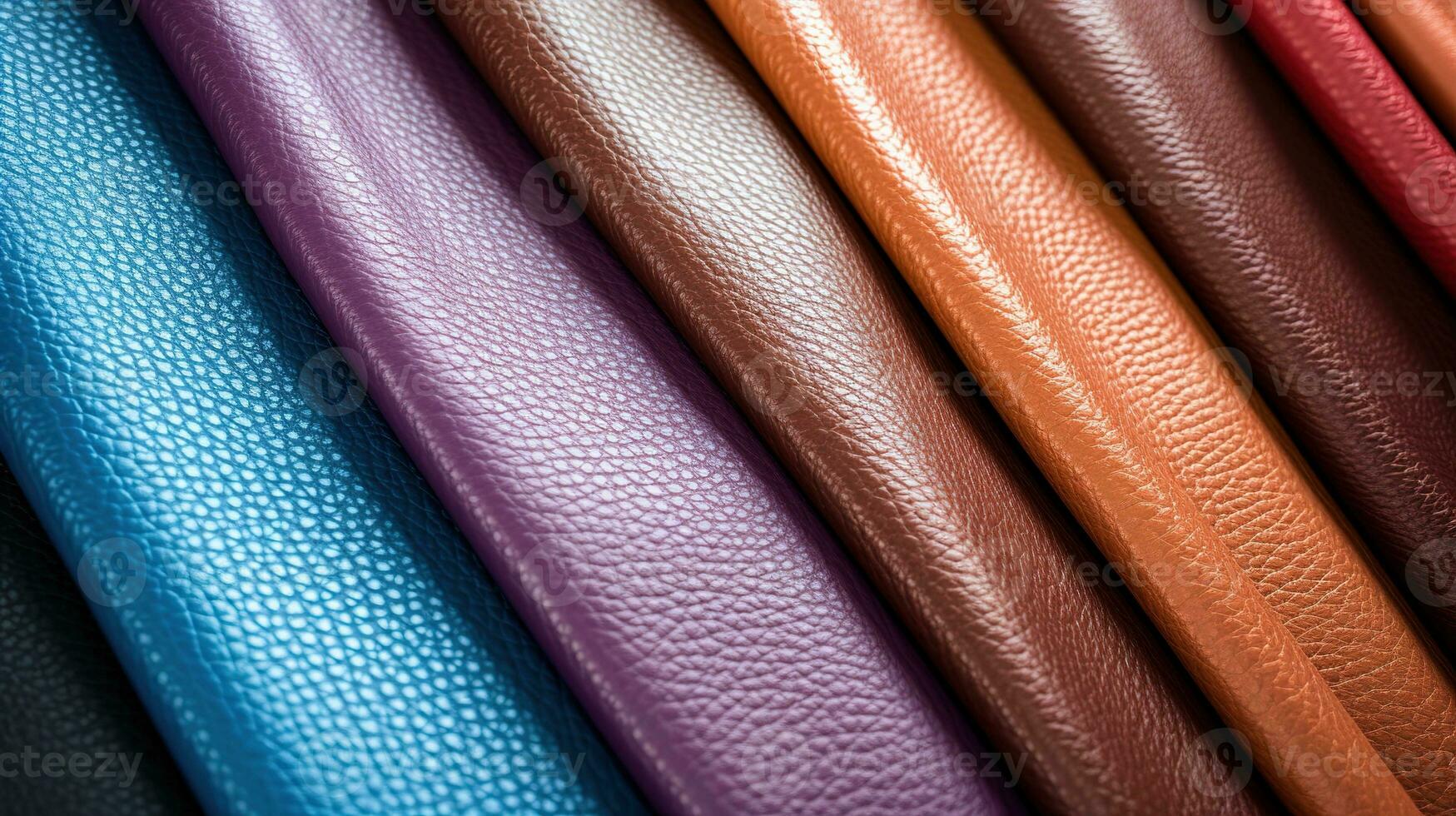
By Bryan Johnson, ReclinerChairExpert.co.uk
When it comes to buying a riser recliner or traditional recliner chair, most people focus on the mechanics: single motor or dual motor, tilt-in-space, heat and massage, and so on. All of that is important, of course, but over the years I’ve found that the fabric you choose makes just as much difference to how much you enjoy your chair day in and day out.
After all, this isn’t just another piece of furniture. For many of us in later life, the recliner becomes the most used seat in the house. Comfort, practicality, and appearance all come into play, and the fabric is right at the centre of that.
Here are my thoughts on how to choose the right recliner chair fabric, based on years of testing and speaking with customers across the UK.
Think About Everyday Use
Start with a simple question: how do you plan to use the chair?
If you’ll be spending several hours a day sitting, reading, or watching television, you’ll want a fabric that feels pleasant against the skin and won’t cause you to overheat. For those who expect occasional use — perhaps an hour here and there — durability may be less of a concern.
It helps to be realistic. Many of my readers in their sixties and seventies tell me they spend most evenings in their recliner. In that case, comfort and breathability are just as important as looks.
Fabric Options Explained
1. Traditional Upholstery Fabrics
This includes woven materials such as chenille, tweed, or textured blends. They’re popular because they look warm and homely, like a conventional armchair. They often come in a wide range of colours, from understated neutrals to floral patterns.
Pros: Comfortable, soft to the touch, blends in with existing furniture.
Cons: Can be harder to clean, may show wear more quickly if heavily used.
2. Healthcare Fabrics
Many manufacturers now offer specialist “healthcare” fabrics. These are designed to be wipe-clean, water-resistant, and in some cases antimicrobial. For anyone who worries about spills, incontinence, or simply wants easy maintenance, they can be an excellent choice.
Pros: Very practical, easy to keep clean, often hard-wearing.
Cons: Limited colour choice, sometimes less cosy to the touch.
3. Leather and Faux Leather
Leather recliners are timeless and lend a more formal look to a room. Real leather is durable and ages well if cared for, while faux leather can provide a similar look at a lower cost. Both wipe down easily, which makes them good for households with pets.
Pros: Strong, wipeable, stylish.
Cons: Can feel cold in winter or sticky in hot weather; less forgiving on pressure points.
Consider Health and Comfort
For many buyers, health conditions play a part in the decision.
- Arthritis and joint pain: Soft, warmer fabrics such as chenille or velour are often more comfortable than leather.
- Allergies: Specialist fabrics may help, as they resist dust and are easier to clean thoroughly.
- Pressure relief needs: A breathable fabric can help reduce sweating and discomfort when sitting for long periods.
Don’t overlook the tactile element. Run your hand over a sample if possible — does it feel inviting, or slightly scratchy? That detail matters more when you’ll be sitting for hours.
Practicalities to Keep in Mind
- Cleaning: If you enjoy a cuppa in your chair (as most of us do), spills are inevitable. Ask whether the fabric can be wiped down or if it requires specialist cleaning.
- Pets: Cats and dogs can be tough on upholstery. Smooth fabrics such as faux leather are easier to keep free of pet hair and claws.
- Colour and Style: Think about where the chair will sit. A bold colour can brighten a room, but a neutral shade may fit better with existing furniture.
Balancing Looks and Longevity
It’s easy to be swayed by a fabric that looks beautiful in the showroom, but longevity is the real test. A busy household, or someone who spends much of the day in the chair, will benefit from harder-wearing fabrics even if they seem a little less glamorous at first glance.
If you’re uncertain, ask whether the manufacturer offers swatches. Many UK suppliers will post fabric samples so you can see and feel them in your own home before deciding.
Final Thoughts
Choosing the right fabric for a recliner chair is about more than appearance. It’s about comfort, practicality, and ensuring the chair works with your daily routine.
If you want warmth and softness, look to traditional woven fabrics. If you want sheer practicality, consider healthcare upholstery. If you prefer a smart, wipeable finish, leather or faux leather could be right.
Above all, don’t rush the choice. This chair may become the most important seat in your home. Make sure the fabric feels right, looks right, and suits the way you actually live.






